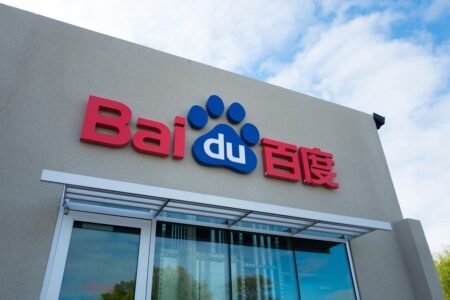Return on Equity (ROE) is a financial metric that measures a company’s profitability by calculating how much profit it generates for every dollar of shareholders’ equity. It is an important indicator for investors as it helps them understand how efficiently a company is utilizing its equity to generate profits. A high ROE indicates that a company is highly profitable and efficient, while a low ROE may suggest that the company is struggling to generate returns for its shareholders.
In recent news, several companies have been making headlines for their impressive ROE figures. One such company is Apple Inc., which reported an ROE of 111% in its latest financial report. This indicates that Apple is generating $1.11 in profit for every dollar of shareholders’ equity, showcasing its strong financial performance and efficient use of capital. Similarly, another tech giant, Microsoft, reported an ROE of 25%, demonstrating its solid profitability and effectiveness in generating returns for shareholders.
On the other hand, there are companies that are facing challenges and have reported low ROE figures. One example is General Electric (GE), which reported an ROE of -11% in its recent financial report. This negative ROE suggests that GE is struggling to generate profits and provide returns to its shareholders, raising concerns about the company’s financial health. Similarly, another struggling company, Ford Motor Company, reported an ROE of -36%, highlighting its financial difficulties and inefficiencies in utilizing shareholder equity.
Investors and analysts use ROE as a key metric to evaluate a company’s financial performance and compare it to its industry peers. A high ROE is generally seen as a positive sign, indicating that a company is profitable and efficient in generating returns for shareholders. On the other hand, a low ROE can be a red flag, signaling that a company may be facing challenges in generating profits and providing returns to investors. By analyzing ROE figures, investors can make more informed decisions about where to allocate their capital and which companies to invest in.
In summary, Return on Equity (ROE) is a key financial metric that measures a company’s profitability by calculating how much profit it generates for every dollar of shareholders’ equity. Companies with high ROE figures, such as Apple Inc. and Microsoft, are seen as financially strong and effective in generating returns for shareholders. On the other hand, companies with low ROE figures, like General Electric and Ford Motor Company, may be facing challenges and struggling to provide returns to investors. Investors can use ROE as a valuable tool to assess a company’s financial health and make informed investment decisions.











